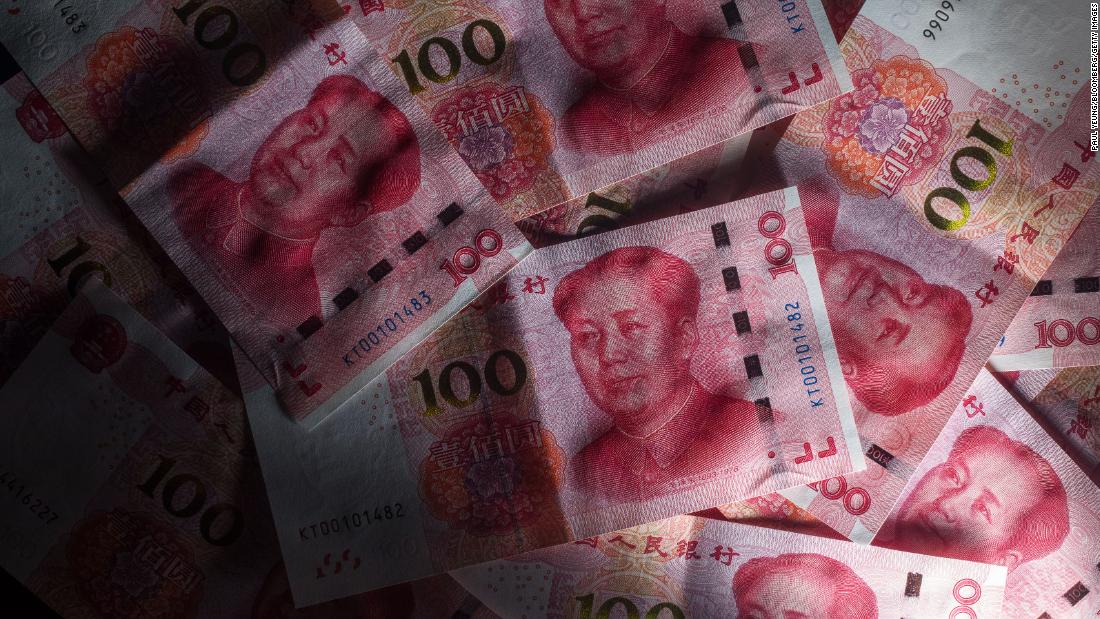I have castigated the government for curbing Chinese investments in India. Critics accuse me of endangering national security by espousing unhindered entry of a superpower that is not-so-friendly, if not an outright foe. Chinese companies are not normal foreign investors because the Chinese government has large stakes in or total control of its corporations, so all Chinese investment is ultimately political. The government fears China will take advantage of low stock market prices to take over strategic industries and otherwise misuse its ownership.
Sorry, but in terms of foreign policy leverage, the truth is exactly the opposite. India can certainly list and prohibit companies of strategic value from takeover by any foreigner. India should also ensure that it does not lose data control — it has already decreed (despite US opposition) that foreign companies will have to store data on Indian servers.
Subject to such safeguards, the more China invests in India, the greater will be India’s leverage over China since it can threaten changes in rules and laws on foreign investment to China’s disadvantage. Such leverage must not be used lightly but is of value.
Foreign investors say India is notorious for arbitrary changes in rules and laws to hurt outsiders. It has a long track record of letting foreign investors in and then bashing them. I and other critics have called this bad economic policy. But it certainly means foreign investors are more at risk than India.
Just ask Walmart, which paid a whopping $16 billion to acquire Flipkart. It seemed that Walmart and Amazon would now dominate e-commerce. But the government changed its e-commerce rules, limiting activities by foreign e-commerce firms while imposing no such limits on Reliance Jio, the only Indian company capable of combating the global giants. The move favouring Reliance was brazen, unapologetic nationalism. At a stroke, Walmart’s $16 billion was turned into a huge overpayment, and Indian strategic control of e-commerce was affirmed.
Earlier when Vodafone entered India through an acquisition, it had a $2 billion dispute over capital gains tax. The Supreme Court upheld Vodafone. But the government changed the law with retrospective effect to make Vodafone pay after all!
Nokia built a giant phone handset factory in Tamil Nadu. But the government raised an inflated tax demand which, with penalties and interest, went up to Rs 10,000 crore. Some news reports claimed Nokia had suffered for a refusal to pay bribes. Nokia shut down. Eventually after international arbitration in 2018, the matter was settled for a reduced tax payment of Rs 1,600 crore. Still, this highlighted the risks to foreign investors.
Several foreign companies bid for and got 2G telecom licences. But the Supreme Court struck down all licences because there was no auction and some Indian companies were allegedly favoured. Foreign companies protested that they were blameless and should not be penalised. But they were all thrown out despite having invested millions and were denied any compensation.
In the 1950s, Burmah Shell, Esso (now called Exxon) and Caltex were wooed to set up refineries and retail outlets in India. But in the 1970s, price controls were imposed to make them uneconomic, and they ultimately sold out to the government for a pittance. Changes of rules on foreign investment in 1977 obliged IBM and Coca Cola to exit India. India has downed many of the biggest multinational corporations.
In sum, the problem is not that India risks being taken over by foreign investors. Rather, even the biggest foreign investors risk being taken to the cleaners by India. So, what if Chinese investors are really the Chinese Communist Party? Next time India fixes a foreign investor, may it be the Chinese Communist Party.
Once, foreign oil companies in the Middle East virtually ran countries they invested in. When they were nationalised by Iran’s Mosaddeq in 1951, the UK and USA organised a coup to oust him. That colonial era is long gone. In 1974, all OPEC countries nationalised the biggest oil companies, and even the US was helpless to stop it. The supposed puppets triumphed over the supposed puppeteers.
Lesson: massive foreign investment is a bigger risk for the foreigner than the investee country. So, let us attract as much Chinese investment as possible since the main risk will be theirs, not ours. Yes, stock market prices are depressed today, but that is a good reason to encourage Chinese inflows that raise prices. The government wants to raise over a trillion rupees by auctioning public sector companies. We need aggressive Chinese bidders to maximise auction prices.
This post was originally published on 26th April 2020 on the Times of India website. It can be accessed here.
Read more: Relief Package is Peanuts, India Needs to Triple it
Post Disclaimer
The opinions expressed in this essay are those of the authors. They do not purport to reflect the opinions or views of CCS.






